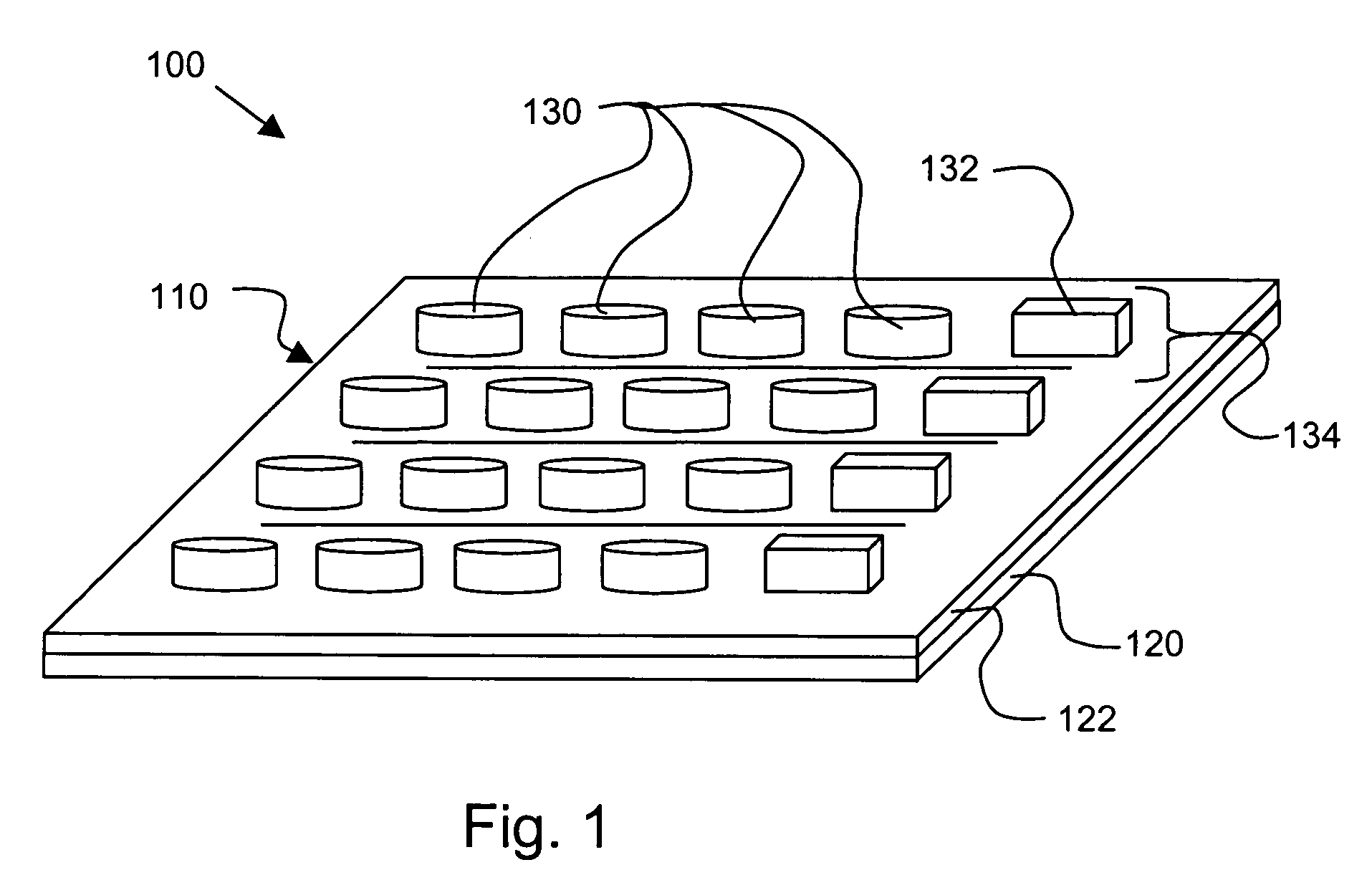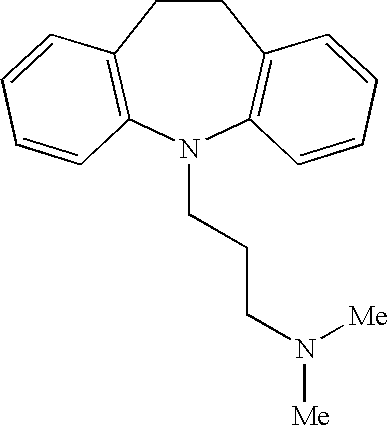Medicine for treating gastrointestinal disorder including irritable bowel syndrome
a technology for ibs and gastrointestinal disorders, applied in the field of medicine for treating gastrointestinal disorders including ibs, can solve the problems of ibs sufferers not having a single drug, medicine or pharmacologic treatment, which is not suitable for all or even most ibs sufferers, and achieves the effects of reducing or eliminating at least one symptom, facilitating stool passage, and softening stool
- Summary
- Abstract
- Description
- Claims
- Application Information
AI Technical Summary
Benefits of technology
Problems solved by technology
Method used
Image
Examples
example 1
[0062] A Caucasian female patient, 33 years old, presents with workplace injuries of sprain cervical spine and sprain lumbar spine. The spinal injuries relate to neck and back pain, with spasms, fecal urgency, irritable bowel syndrome, urinary urgency, and urinary incontinence. On presentment, protective pads are worn to absorb urine and feces.
[0063] The patient is treated with a daily dose of medicine, which includes 75 mg of imipramine pamoate and a stool softener. After several days of daily treatment via oral administration, the patient notes control of fecal urgency and irritable bowel syndrome. The patient is able to stop using protective absorbent pads during treatment. The patient reports no adverse side affects, and more particularly denies dry mouth and dry eyes.
example 2
[0064] A Caucasian female patient, 28 years old, presents with sprain lumbar spine. The spinal injury relates to back pain, with spasms, stress urinary incontinence and stress bowel incontinence. For example, a sneeze may result in dual bladder and bowel incontinence. On presentment, protective pads are worn to absorb urine and feces.
[0065] The patient is treated with a daily dose of medicine, which includes 75 mg of imipramine pamoate and a stool softener. After several days of daily treatment via oral administration, the patient notes control of fecal urgency and irritable bowel syndrome. The patient stops using protective absorbent pads. The patient tolerates a dry mouth.
example 3
[0066] A Caucasian female patient, 43 years old, presents with sprain lumbar spine. The spinal injury relates to back pain, with spasms, urgency and incontinence of the bladder and bowel.
[0067] The patient is treated with a daily dose of medicine, which includes 75 mg of imipramine pamoate. After several days of daily treatment via oral administration, the patient notes full control of bladder and bowel functions. The patient develops constipation and is prescribed docusate sodium (COLACE) in conjunction with the imipramine pamoate. The constipation is relieved by the docusate sodium.
[0068] The patient stops taking the daily dosages. After about three days without treatment, the bowel and bladder urgency and incontinence recur.
PUM
| Property | Measurement | Unit |
|---|---|---|
| composition | aaaaa | aaaaa |
| period of time | aaaaa | aaaaa |
| frequency | aaaaa | aaaaa |
Abstract
Description
Claims
Application Information
 Login to View More
Login to View More - R&D
- Intellectual Property
- Life Sciences
- Materials
- Tech Scout
- Unparalleled Data Quality
- Higher Quality Content
- 60% Fewer Hallucinations
Browse by: Latest US Patents, China's latest patents, Technical Efficacy Thesaurus, Application Domain, Technology Topic, Popular Technical Reports.
© 2025 PatSnap. All rights reserved.Legal|Privacy policy|Modern Slavery Act Transparency Statement|Sitemap|About US| Contact US: help@patsnap.com



